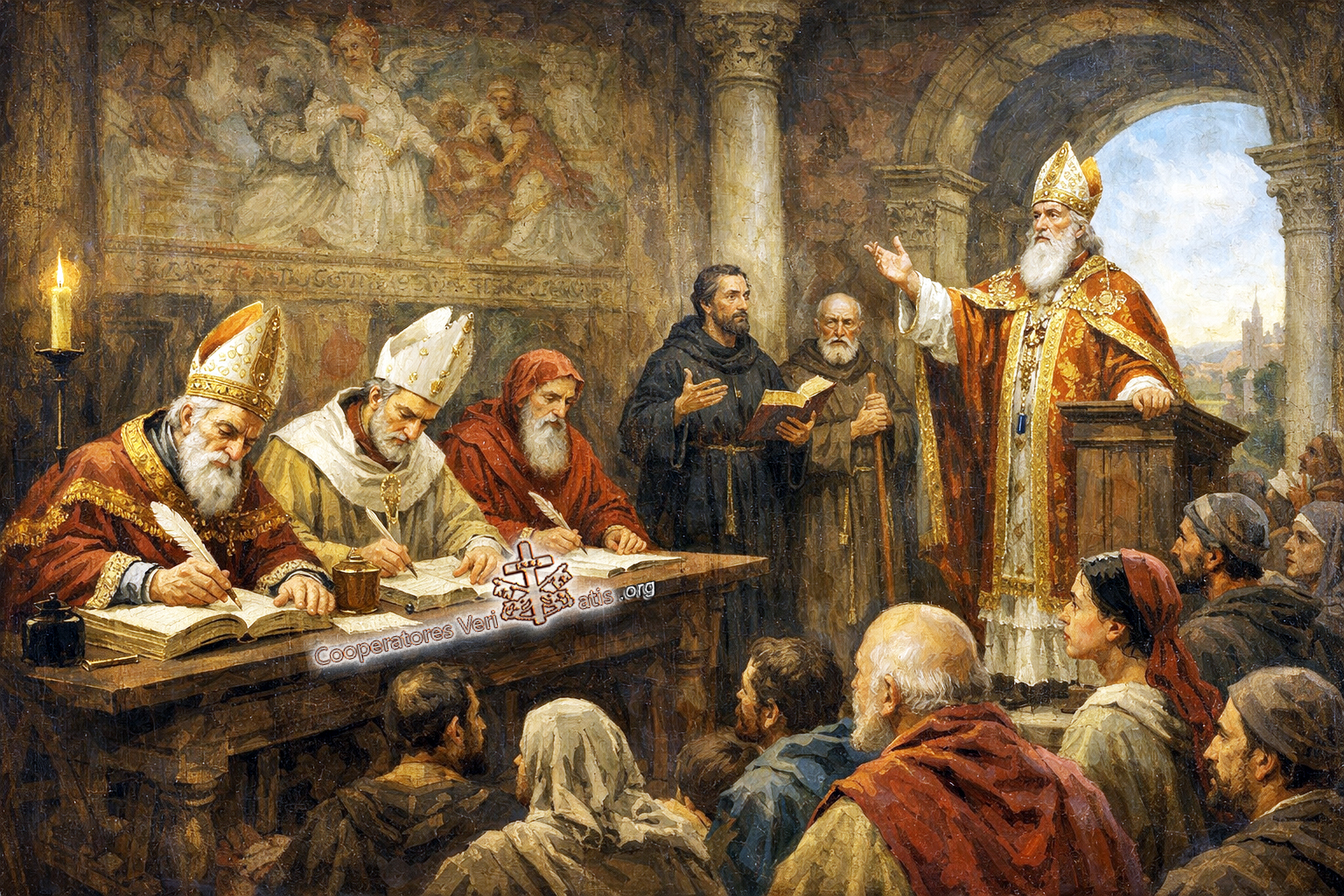 |
| 1586 re-erection of Vatican obelisk, Domenico Fontana |
"...[U]nder the influence of humanism, Catholic and Protestant Europe shared a common type of culture. The educated classes studied the same languages in the same way, read the same books and accepted the same ideal pattern of 'the scholar and the gentleman' which had been laid down in the standard courtesy books of the Italian Renaissance--above all in Baldassare Castiglione's book of The Courtier (1538), which was translated into almost every Western European language. In spite of the religious divisions of Europe, the world of learning and literature and art remained an international community, so that even during the Wars of Religion, scholars and scientists corresponded with one another, and Englishmen and Germans continued to visit Italy, like Milton, and to study at Padua, like William Harvey... 38-39
"...[In the new national literature] the men of that age were more conscious than those of any other time that they were heirs of a double tradition and that they all in greater or less degree were at home in two world--the world of classical antiquity and the Christian world. They had discovered a new world of knowledge without losing the old world of faith. From the time of Petrarch to that of Milton, the Christian humanists represent the main tradition of Western culture, and their influence still dominated education and literature and art. The secularization of Western culture dates not from the Renaissance or the Reformation but from the Enlightenment of the eighteenth century." 42
"[T]he Church used the new art and music and drama as the Church of the Middle Ages had done in the past. It was the permeation of Renaissance art and literature by the religious spirit of the Catholic revival which gave birth to the Baroque culture...
"The carriers of this culture were the new religious orders, above all the Society of Jesus, which played a similar part in European culture in the later sixteenth and seventeenth centuries to that which the Benedictines had played in the early Middle Ages or the Franciscans and Dominicans in the thirteenth century. Like them, the Jesuits owed their influence above all to their educational activities; and as the Benedictines had based their teaching on an adaptation of the classical education of the later Roman Empire to Christian aims, so now the Jesuits adapted the new classical education of the humanists of the Renaissance to the religious ideals of the Counter-Reformation. The Jesuit Ratio Studiorum belongs to the same tradition as [the other] humanist treatises on education... It was, however, more limited and more practical in its aims. Its originality lay in its technique and organization rather than in its subject matter. Nevertheless it did more than anything else to establish a common international standard of higher education, so that even in Protestant Europe the Jesuit schools met with the approval of such a revolutionary critic of education as Francis Bacon. ('As for the Pedagogical part, the shortest rule would be 'consult the schools of the Jesuits,' for nothing better has been put in practice.' Bacon de Augmentis Scientiarum, Bk. VI, ch. iv.)
Christopher Dawson, The Crisis of Western Education, London: Sheed and Ward, 1961.










%2010.51.46%E2%80%AFa.%C2%A0m..png)





















